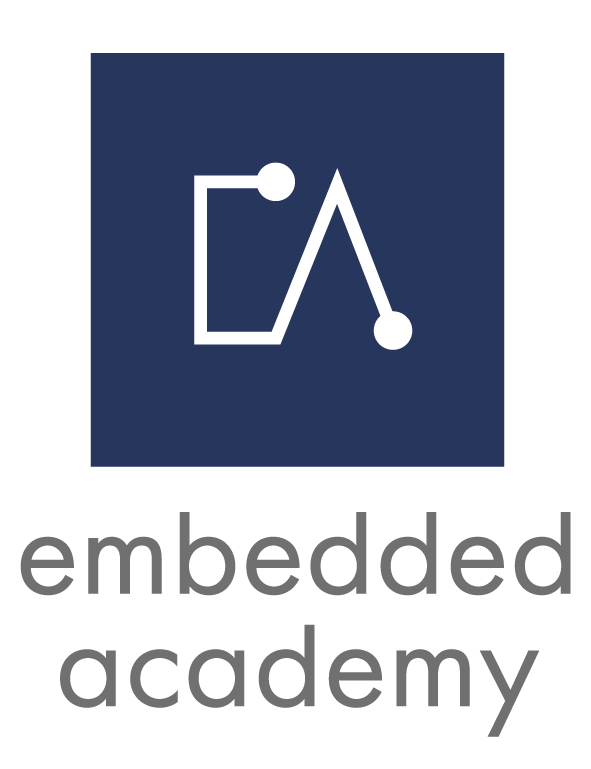E-Learning Course Noise, Vibration and Harshness (NVH) for Vehicles
Content
E-Learning NVH for Electric Vehicles (55 min)
- Physical Description of Sound
- Psychoacoustics
- Noise Contribution and Propagation
- Sound Design
Target
The target of this course is to introduce you to the basics of Noise, Vibration and Harshness with are relevant in the context of electric vehicles.
These basics are important for engineers as they can be tasked with changing the interior/exterior sound quality of vehicles.
Trailer
Insights
Inhalt des Kurses
What Is Noise, Vibration and Harshness?
Noise, vibration, and harshness (NVH) is the study and modification of the noise and vibration characteristics of vehicles, particularly cars and trucks.
While noise and vibration can be readily measured, it is more difficult to make statements about harshness as it is a subjective quality. In consequence, it is often measured via a jury or by using analytical tools which were designed to reflect human subjective impressions.
In general, the sources of noise can be divided into three categories, which are aerodynamic (e.g. wind, cooling fans of HVAC), mechanical (e.g. tire contact patch and road surface, brakes) and electrical (e.g. electromagnetically induced acoustic noise and vibration coming from electrical actuators).
Why Is NVH Needed?
The sound environment in a vehicle has a direct influence on the user experience and satisfaction. This concerns both noise and vibration that is experienced within the cabin, but also noise that is radiated by the vehicle and can for instance be experienced when the vehicle drives by. Consequently, there is interior and exterior NVH, and NVH is mostly engineering.
How is NVH Related to Embedded Systems?
Many aspects of reducing noise and vibration are controlled by different control units in the vehicle. Embedded systems are also hardware and software responsible for the control. And depending on how good this control is, you can hear when openings for ventilation are adjusted, the fan runs at an unfavorable frequency or the electrical machine makes unpleasant noises or triggers vibrations.
For instance, for HVAC (Heating, Ventilation and Air Conditioning) the amount of air flow is controlled by embedded systems.
Hence, the amount of electromagnetically induced acoustic noise and vibration coming from electrical actuators is lower if the embedded hardware and software provide the best possible solutions in combination with the mechanical design.
What Can You Learn About NVH in the Embedded Academy E-Learning?
In in this course, we will focus on basics of NVH relevant for the electrified powertrain. We will explain the physical description of sound, the relation between sound pressure, sound intensity and SPL as well as look at psychoacoustics and some aspects of sound design as well as noise propagation.
You must log in and have started this kurs to submit a review.
